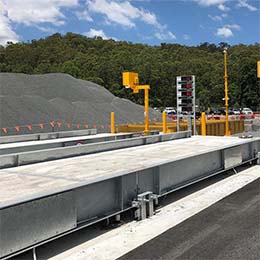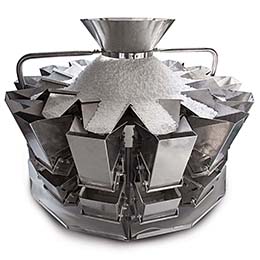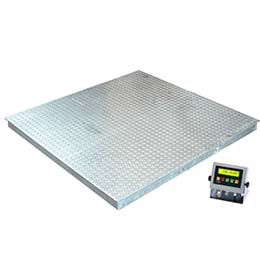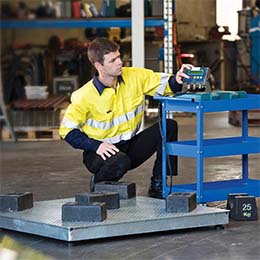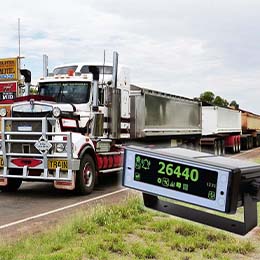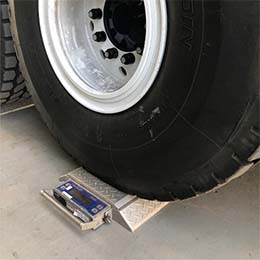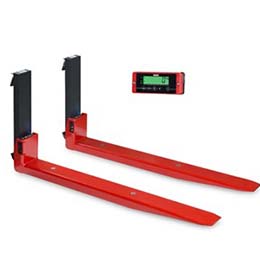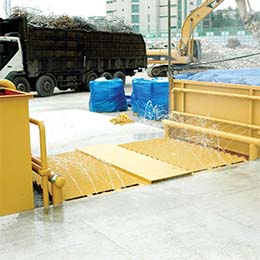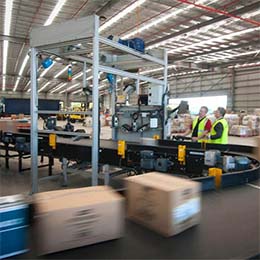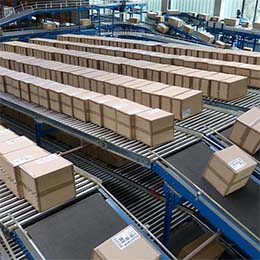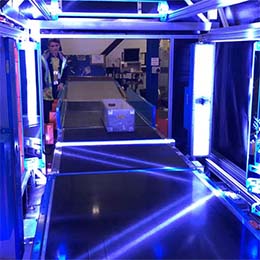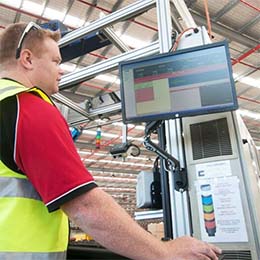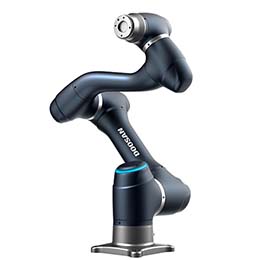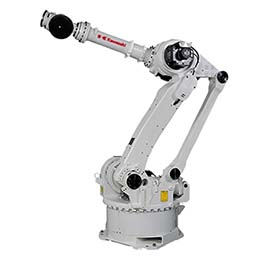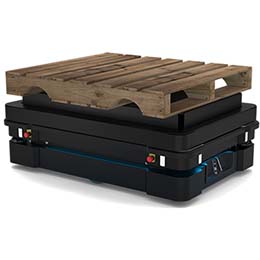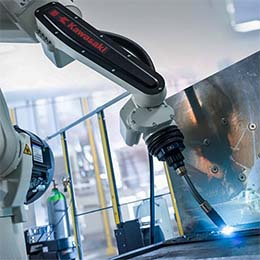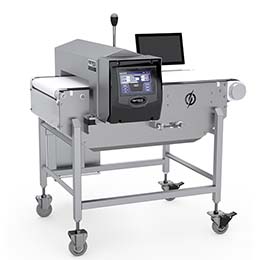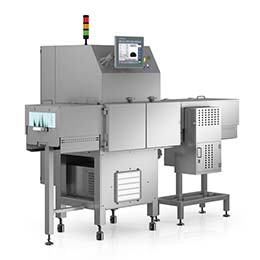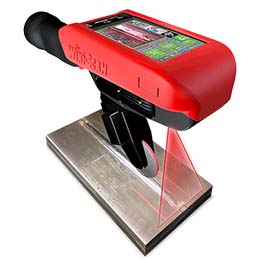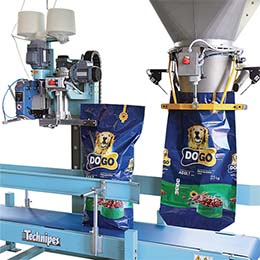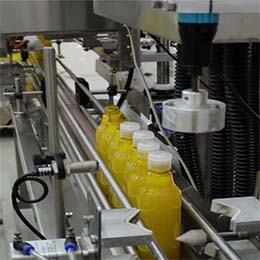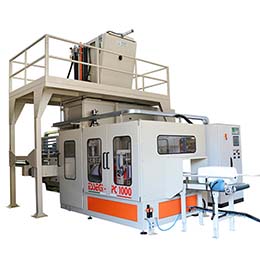To ensure their ongoing competitiveness, businesses need to continually explore new ways of improving their efficiencies, cutting costs and boosting productivity – and in many instances, that involves restructuring the way that they use their resources and equipment.
When it comes to those organisations which operate vehicle weighing equipment, the good news is that technological innovations and software advancements have opened up many new possibilities for cost reductions and improved efficiencies.
Weighbridges play a vital role in a huge variety of industries from agriculture to mining, logistics to waste management and many businesses would simply not be able to function without this important data collection equipment.
However, in today’s tough economic environment where many organisations are feeling real bottom-line pressure, there’s always room for systems and services that enable them to reduce costs, simplify workflow and improve efficiencies – and that applies to the way their weighbridges operate too.
A particular type of weighbridge, unattended or unmanned weighbridges and driver control stations go hand-in-hand to deliver significant benefits including more streamlined operations, reduced labour costs, extended operating hours and faster throughputs.
Let’s first look at why unattended weighbridges are a practical and cost-effective solution for so many different industries including waste recycling and landfills, agriculture, cement plants, oil and gas stations and energy plants.
Essentially, an unattended weighbridge is one where there are no people on site responsible for operating the system, but where the vehicle driver interacts directly with the system software. Clearly, this can lead to significant labour cost savings, faster and more streamlined weighing procedures and improved operating efficiencies.
An unmanned or unattended vehicle weighing system can also be completely customised to suit any individual situation and can include a variety of additional features such as automatic licence plate recognition, surveillance cameras and traffic management systems. Another advantage is that the weighbridge can be in operation 24/7 which enables greater operational flexibility and faster return on investment.
The ‘brains’ behind an unattended weighbridge is a driver control station, which despite its deceptively simple interface and ease of use, is actually a highly sophisticated and advanced software system which enables a host of benefits. Essentially, the driver control station eliminates the need for a weighbridge operator by enabling the drivers to do the truck weighing operation – resulting in significant labour cost savings.
With many traditional weighbridges, drivers have to exit their vehicles and walk across to an office to exchange information, but with an unmanned driver control station situated close to the weighbridge, the driver simply responds to on-screen prompts and messages to produce weighing transactions and statistical data. Labour costs are reduced, the whole process is quicker and productivity is enhanced – all of which are key factors in organisational success.
Drivers don’t require a high level of computer literacy or extensive training to operate the driver control station – they simply respond to the tasks that are specified on the screen, using a keyboard or a touch-screen. They are guided through the whole process in a structured, logical sequence and the checks and balances ensure there is no room for error. Because the drivers complete the transaction themselves without having to exit their vehicles, the whole process can be speeded up and bottlenecks eliminated – which is a vital advantage in a busy weighbridge operation.
Depending on individual needs, driver control stations can be manufactured in a variety of different hardware options, either with an alpha-numeric keyboard or a touch-screen for drivers to input information. Manufacturers can also customise the driver control stations and design the software package to suit the unique requirements of any particular site, ranging from basic electronic identification stations through to complex, sophisticated ticketing ones. What’s more, stations can be fitted with additional accessories such as security cameras, electronic identification systems and intercoms to further optimise the operation.
Another advantage of a driver control station is that driver activity can be monitored remotely – eliminating the need for on-site personnel and supervisors. Multi-layered quality control systems and built-in security controls mean that the accuracy, reliability and performance of the system aren’t compromised in any way. Furthermore, because there’s no need for on-site personnel, the weighbridge can work 24/7 – significantly increasing its operating hours and boosting productivity.
There’s no compromise to security either as the software can be developed to identify drivers by sophisticated means including fingerprint scanning, radio frequency identification devices, numberplate recognition and so on.
Here’s a quick summary of the benefits that an unattended weighbridge system and a driver control station offer:
- Reduced labour costs
- Less margin for error and improved accuracy
- Faster, more efficient vehicle weighing
- Streamlined site operation and workflow
- More effective traffic management
- Extended working period of weighbridge to 24/7 capability if necessary
- Reduced dependence on labour
- Enhanced health and safety because drivers don’t exit their vehicles
- Ease of use without the need for high level of computer literacy
- Seamless integration with customisable software
- Suitable for remote, rugged locations
- Secure entry and exits
If you think your weighbridge operation could benefit from a driver control station, then you should call AccuWeigh, Australia’s largest supplier of weighbridges, weighing and product inspection equipment. We have a reputation for supplying high quality and reliable driver control stations, weighbridges and customised software products suitable for a diversity of industries – and with eight branches throughout Australia, our national expertise is always close at hand. Find your closest branch here.

